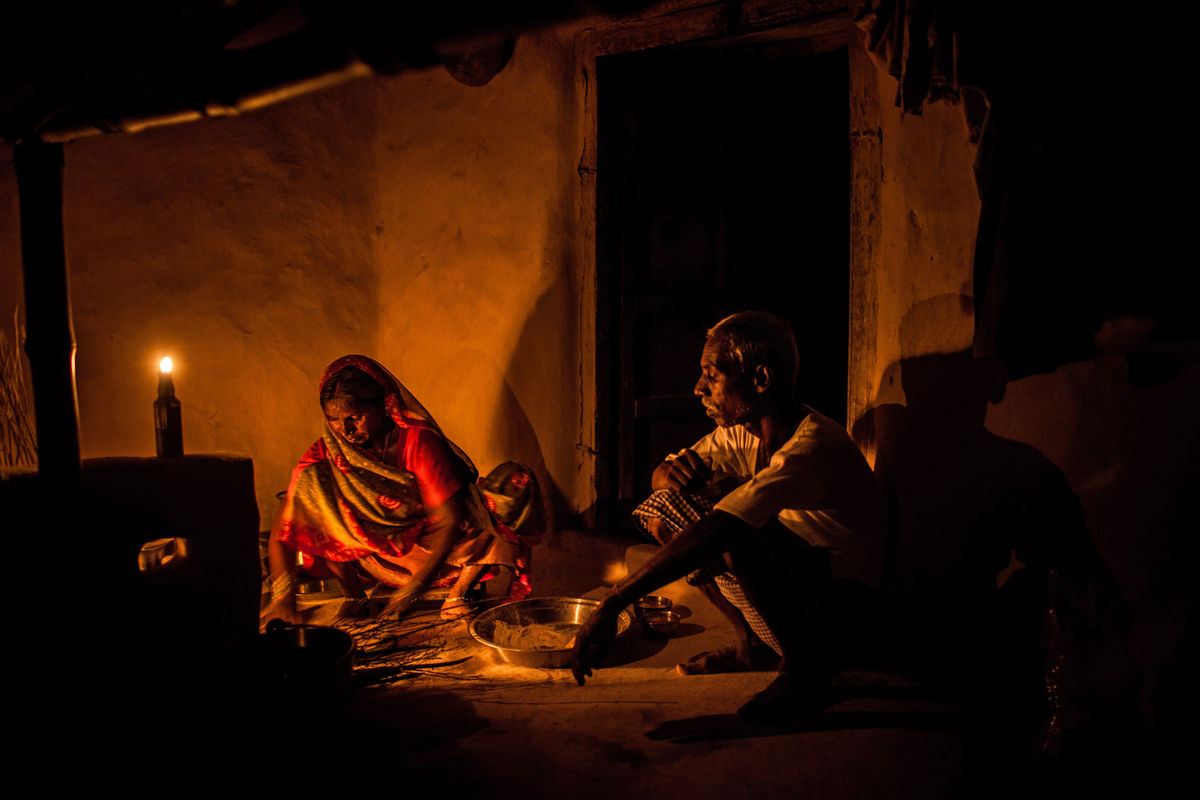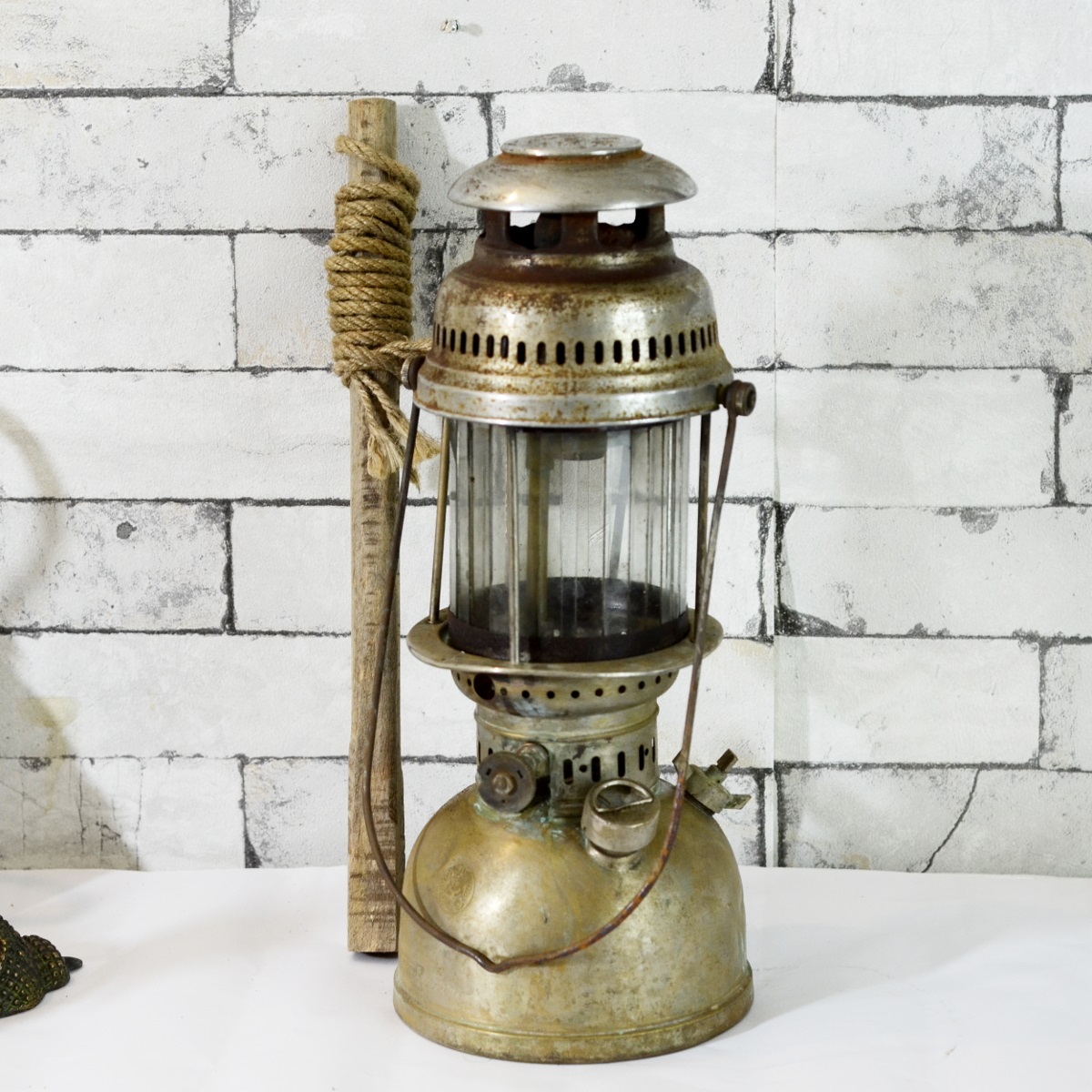Have You Ever Wondered What Was Life Like Before Modern Day Lights?
Life was tough to manage before modern-day electric lamps, LED lights came into being. Think about what and how your life would be if all of a sudden all kinds of modern facility somehow vanished everywhere!!! Can’t imagine a life like that, right??? We are so used to our facilities and Modern Day Lights that we would get troubled without these.

Next time you flick on a light switch, turning night into day, spare a thought for our ancestors whose lives were forced to shut down at sunset. Aside from the odd power cut, it’s hard to imagine having to cram work, chores and a social life into the hours of daylight.
Before electricity became available as a form of domestic indoor lighting, primitive lighting technology in all its forms relied on a naked flame, which not only caused problems ranging from bad smells, soot deposits, and uncomfortable heat but was also incredibly dangerous. Rushlights, Beeswax Candles, Oil Lamps, Gas Lamps etc were the means people used to depend on having some lights in their room. Among those, Kerosene Lamps was a major breakthrough.
Before Kerosene Lamps came into use, it was the era of Oil lamps and Gas Lamps. Although it was in use for thousands of years and generally useful, oil lamp had its own faults. Due to its low light capacity and since oil can’t be stored for a much longer time, it wasn’t efficient enough. Comparatively Gas lights had better light but it was not portable. It depended on gas pipe infrastructure making it inconvenient to carry.
Somewhere around the mid-1800s, Abraham Gesner, a known medical doctor, and geologist produced a clear fluid by distilling coal. It came into his notice that when this fluid is placed in a lamp with a wick, it burns with a bright yellow flame. This was much brighter than the burning oil used till then. He gave this fluid a Greek name “Keroselaion” which meant “wax oil”. In the early stages, kerosene was way too expensive. But when it was found that kerosene could be extracted from petroleum its price became affordable and at the same time, that triggered a worldwide race for oil.
First modern kerosene lamps were invented by Ignacy Łukasiewicz, an inventor from Poland and Robert Edwin Dietz from the USA, at the same time, independent of each other in the year 1853. Their main characteristics were great portability which widened their use and strong light. All kerosene lamps have a container for kerosene and a wick or mantle for a light source protected with a glass globe or a tube. There are three kinds of kerosene lamps: a lamp with a flat wick, a lamp that uses central draught and has a tubular wick, and mantle lamp. Most of the flat wick lamps are made in “dead-flame”, “hot blast” and “cold blast” subtypes.
Standard flat wick lamp has a flat wick made of cotton with has one side submerged in a kerosene container and a glass chimney on it for protection. It is designed in the way that it is fed cold air from bellow while hot air exits above.
Central draught kerosene lamp works the same way as flat wick lamp but it has tubular wick which gives more light and it has bigger glass chimney that gives more draft which lamp needs to burn properly.
Mantle lamp is a variant of central draught lamp which has a mantle – a net made of fabric with thorium or other rare-earth salts. Mantle stand above the flame and heats up which generates brighter light.
A dead flame lamp is a variant of standard flat wick lamp that is not intended to be portable.
Hot blast lamp was designed by John Irwin in 1989. It was designed in a way that hot air was collected from the top of the metal chimney and directed through the metal tubes to the bottom of the flame to make a flame burn brighter.
Cold blast lamp works in a similar way like hot blast lamp but instead of hot air, cold air is directed to the bottom of the flame. That way flame gets more oxygen and burns even brighter than hot blast flame.
There were many companies that manufactured Lamps but of all, Petromax Lamps were famous worldwide.
With the advent of electrical lighting, people started to use kerosene lamps less and less but in some rural places, they were in use until the 1940s. Even now, in some developing countries majority of homes still depend on kerosene lamps for illumination because they don’t have electricity or it is too expensive for them.
Nowadays these kind of Petromax and other sorts of Kerosene Lamps are a gem to antique lovers. And if you love such antiques, you can find some amazing ones here at Antikcart






